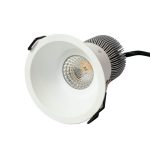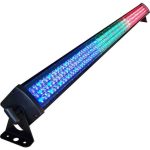How Many Amps Does a LED Light Use? Understanding the Electrical Efficiency of LED Lighting
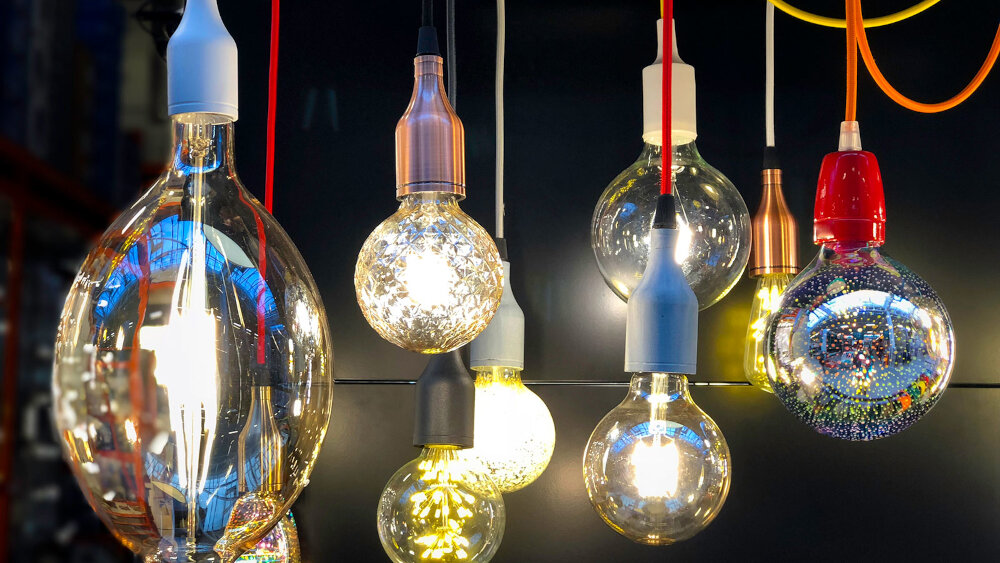
LED lights, or Light Emitting Diodes, have become increasingly popular in recent years due to their energy efficiency, long life span, and eco-friendliness. LED lights are used in a variety of applications, from residential lighting to commercial and industrial lighting. One of the most common questions regarding LED lights is, \How many amps does a LED light use?\ Understanding the electrical efficiency of LED lighting is essential for homeowners and business owners alike, as it can help you choose the right LED light bulbs for your specific needs, save money on energy bills, and reduce your carbon footprint. To answer the question of how many amps an LED light uses, it’s crucial to understand the basics of electrical efficiency. Amps, or amperes, measure the electrical current flow in a circuit. LED lights have a low current draw, meaning they use less electricity than other types of lighting, such as incandescent or fluorescent bulbs. This low current draw is one of the main reasons why LED lights are so energy-efficient and cost-effective. In this article, we’ll explore the electrical efficiency of LED lighting in more detail, and help you understand how to calculate the current draw of LED lights, and how this can impact your energy usage and costs.
LED lights, or Light Emitting Diodes, are one of the most efficient and eco-friendly lighting solutions available today. These lights use a semiconductor material to convert electricity into light, consuming much less power than traditional incandescent bulbs. LED lights last longer, emit less heat, and are more durable than other bulbs, making them a popular choice for both residential and commercial lighting needs. Additionally, LED lights are available in a range of colors and can be dimmed to suit any ambiance. The benefits of LED lighting are clear: they are energy-efficient, long-lasting, and environmentally friendly, making them a smart and sustainable choice for any space.
Understanding the electrical efficiency of LED lighting is crucial for both residential and commercial users. LED lights are known for their energy-efficient properties, and their electrical efficiency plays a vital role in determining their effectiveness. Knowing the electrical efficiency of LED lighting helps users make informed decisions about their energy consumption and savings. By knowing how many amps a LED light uses, users can calculate their energy consumption and select the appropriate power source for their lighting needs. Additionally, understanding the electrical efficiency of LED lighting can help users choose high-quality and durable products that can withstand harsh environmental conditions and provide long-lasting performance. Therefore, it’s essential to have a clear understanding of the electrical efficiency of LED lighting to optimize energy savings and enhance lighting performance.
What are Amps and Watts?
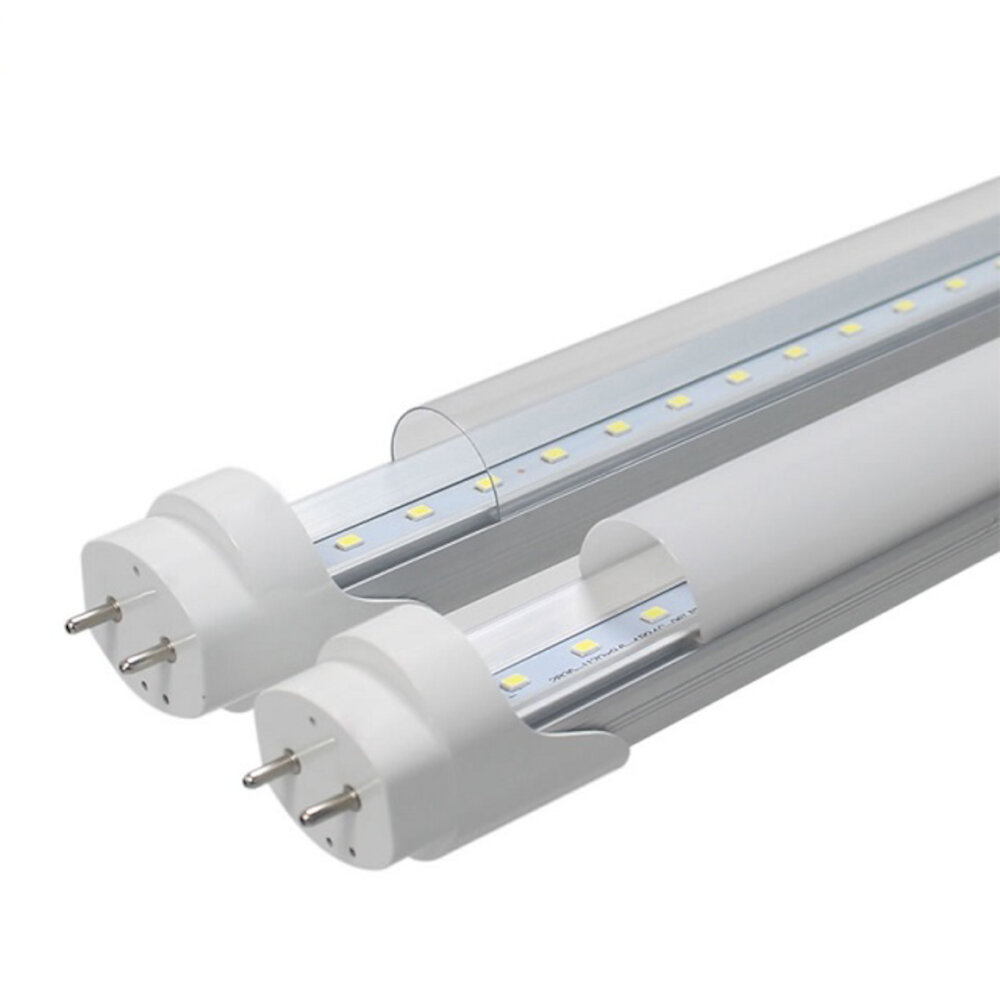
Amps and Watts are two commonly used terms in the world of electricity. Amps, or amperes, are a unit of measurement used to describe the flow of electric current through a circuit. The higher the number of amps, the more current flows through the circuit. This measurement is important for determining the size of the wire and other electrical components needed to safely handle the current. Amps are often used in conjunction with volts and ohms to calculate the power of an electrical circuit, using the formula P=VI, where P is power, V is voltage, and I is amperage. Watts, on the other hand, are a measurement of power, or the rate at which energy is used. This unit of measurement is used to describe how much energy an electrical device consumes or how much power it produces. In the case of LED lighting, watts are used to describe the energy consumption of the light. LED lights are known for their energy efficiency, as they require significantly fewer watts to produce the same amount of light as traditional incandescent bulbs. Understanding the relationship between amps and watts is important for selecting the appropriate LED lighting for a particular application, as well as for ensuring the safety and efficiency of the electrical system as a whole.
When it comes to understanding the electrical efficiency of LED lighting, it’s important to have a grasp on the fundamental units of measurement that are used in electricity. Two of the most important units to understand are amps and watts. Amps, or amperes, are a measure of the electrical current that flows through a circuit, and they are used to indicate how much electricity is being used at any given time. Watts, on the other hand, are a measure of the overall power that is being used, and they take into account both the electrical current and the voltage of the circuit. In simpler terms, amps are like the amount of water that is flowing through a pipe, while watts are like the pressure that is driving that flow. By understanding these basic units, you can better understand how much energy your LED lights are using, and how to optimize their efficiency.
In order to understand the electrical efficiency of LED lighting, it is important to understand the relationship between amps and watts. Amps, or amperes, are a measure of the flow of electric current through a circuit. Watts, on the other hand, are a measure of the amount of power being used by a device. The relationship between these two units of measurement is defined by Ohm’s Law, which states that power (in watts) is equal to the current (in amps) multiplied by the voltage (in volts). Therefore, the amount of current (in amps) required by an LED light to operate at a certain level of brightness is directly related to the amount of power (in watts) it consumes. By understanding this relationship, one can make informed decisions about the most efficient use of LED lighting in various applications.
Calculating the amps and watts of a LED light requires understanding the basic electrical formulas. Amps, or amperes, represent the amount of electrical current flowing through a circuit. This can be calculated by dividing the power, measured in watts, by the voltage, measured in volts. In the case of LED lights, the wattage can usually be found on the packaging or in the product specifications. Once you have the wattage, you can divide it by the voltage of the circuit to determine the amperage. It’s important to note that LED lights are much more efficient than traditional incandescent bulbs, meaning they use significantly less energy to produce the same amount of light. This makes them a great choice for energy-conscious consumers looking to save money on their electricity bills.
How Many Amps Does a LED Light Use?
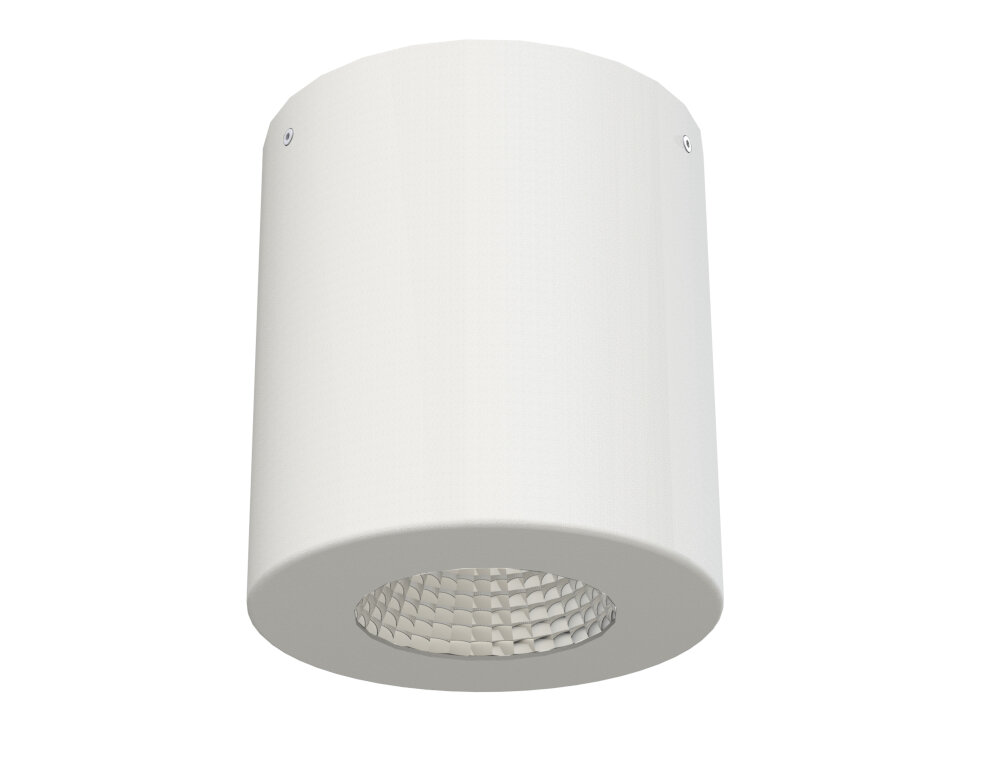
LED lights are a type of lighting technology that has gained widespread popularity due to its energy-efficient nature. When comparing LED lights to traditional incandescent lights, one of the key differences is the amount of electricity required to power them. LED lights use significantly less electricity than incandescent lights, making them a more cost-effective and environmentally friendly option. The amount of electricity required to power an LED light is measured in amps, which stands for amperes. The number of amps that an LED light uses varies depending on the specific light and its wattage. Generally, LED lights use between 0.01 and 0.3 amps. This is significantly less than traditional incandescent lights, which use between 0.5 and 1.5 amps. It’s important to note that the amount of electricity used by an LED light can also vary depending on its brightness level. Brighter LED lights will typically use more electricity than dimmer ones. Overall, LED lights are an excellent choice for those looking to reduce their energy consumption and save money on their electricity bills.
The amperage of an LED light is influenced by several factors, including the input voltage, the number of LEDs in the circuit, and the resistance of the circuit. LED lights have a low voltage requirement, typically around 3 volts, and will only draw the amount of current that they need to operate at that voltage. The number of LEDs in the circuit will also impact the amperage, as more LEDs will require more current to operate. Additionally, the resistance of the circuit can affect the amperage, as higher resistance will cause the LED to draw less current. It is important to consider these factors when designing LED lighting systems to ensure that they are operating efficiently and safely.
The amperage range for LED lights can vary depending on the specific model and application. Generally, LED lights are designed to be highly energy-efficient, and as a result, they require very low levels of electrical current to operate. Typical amperage ranges for LED lights can range from as low as 0.01 amps for small, low-power models to as high as 1 amp for larger, high-output models. However, it is important to note that the actual amperage draw of an LED light will depend on a number of factors, including the voltage of the power source, the efficiency of the LED driver, and the overall design of the lighting system. By understanding the electrical efficiency of LED lighting and selecting the appropriate model for your needs, you can ensure that your LED lights are both energy-efficient and effective.
To calculate the amperage of an LED light, you need to know two things: the voltage of the LED and the wattage of the LED. Once you have these values, you can use Ohm’s Law, which states that the current (amperage) is equal to the power (wattage) divided by the voltage. For example, if you have an LED with a voltage of 3.3 volts and a wattage of 1 watt, you would divide 1 watt by 3.3 volts to get a current of approximately 0.303 amps. It’s important to note that the amperage of an LED can vary depending on the circuit it’s connected to and the type of LED, so it’s always a good idea to consult the manufacturer’s specifications or consult an expert in LED lighting.
Electrical Efficiency of LED Lighting
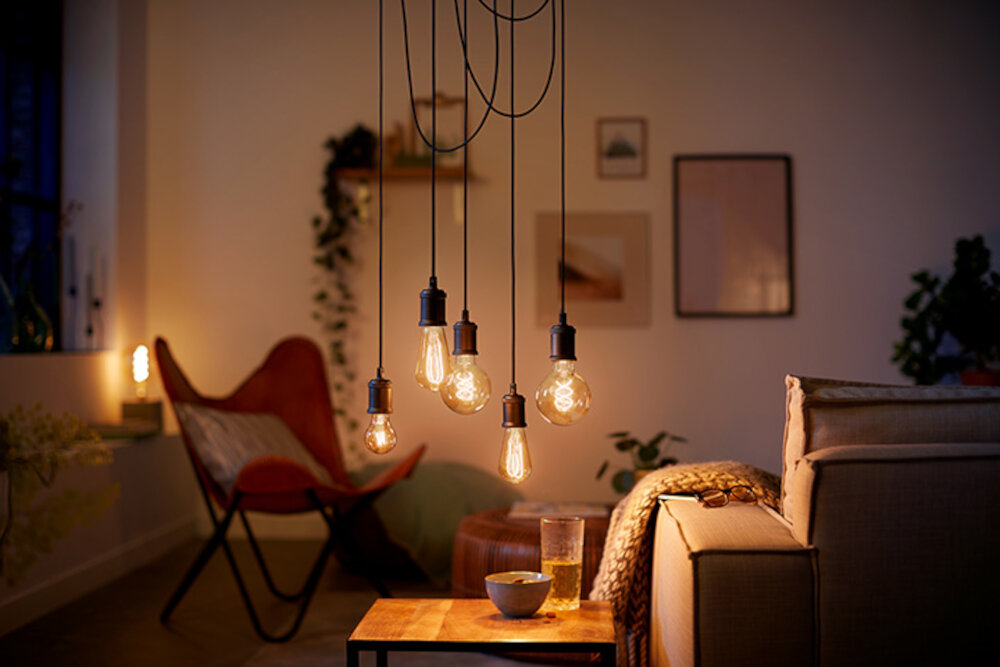
LED lighting has become increasingly popular in recent years due to its energy efficiency, long lifespan, and low maintenance costs. One of the key factors that make LED lights so efficient is their ability to convert electrical energy into light with minimal waste heat. Unlike traditional incandescent bulbs, which convert most of the electrical energy they receive into heat, LED lights can convert up to 90% of the energy they receive into light. This means that LED lights require much less power to produce the same amount of light, making them a more cost-effective and environmentally-friendly option. The electrical efficiency of LED lighting can be measured in terms of lumens per watt (lm/W), which is a measure of the amount of light produced per unit of electrical power consumed. Typically, LED lights have an electrical efficiency of around 80-100 lm/W, which is much higher than traditional incandescent bulbs (15 lm/W) and even more efficient than compact fluorescent bulbs (60-70 lm/W). This means that LED lights require less power to produce the same amount of light, resulting in lower energy bills and reduced carbon emissions. Additionally, LED lights have a longer lifespan than traditional bulbs, which means that they need to be replaced less frequently, further reducing their environmental impact.
Electrical efficiency refers to the measure of how effectively an electrical device converts electrical energy into useful light energy. In the context of LED lighting, electrical efficiency is determined by the ratio of the amount of light produced to the amount of power consumed. This means that the higher the electrical efficiency of an LED light, the less energy it will consume to produce the same amount of light as a less efficient light. Electrical efficiency is an important factor to consider when choosing LED lighting, as it plays a critical role in reducing energy costs and minimizing environmental impact. In addition, electrical efficiency is a key indicator of the quality and performance of LED lighting products, making it an important consideration when selecting lighting solutions for residential, commercial, and industrial applications.
When it comes to comparing the electrical efficiency of LED lights and traditional light bulbs, there is no doubt that LEDs come out on top. LED lights consume significantly less energy than traditional bulbs, which means they can produce the same amount of light while using much less power. The reason for this is that traditional bulbs generate a lot of heat, which is wasted energy. In contrast, LEDs are designed to convert most of the energy they consume into light, making them much more efficient. Additionally, LED lights have a longer lifespan than traditional bulbs, which means they can save users money in the long run by reducing the need for frequent replacements. Overall, LED lights are a clear winner in terms of both energy efficiency and cost-effectiveness.
LED lights have gained popularity in recent years due to their remarkable electrical efficiency. Compared to traditional incandescent bulbs, LED lights consume significantly less energy while providing the same amount of light output. This translates to lower electricity bills and a reduced carbon footprint, making LED lights an eco-friendly lighting solution. Additionally, LEDs have a longer lifespan than incandescent bulbs which reduces the need for frequent replacements, further contributing to cost-savings. The energy efficiency of LED lights is due to their ability to convert most of the electrical energy into light, minimizing energy loss as heat. As a result, LED lights have become the preferred lighting choice for homes, offices, and outdoor spaces, offering a sustainable and cost-effective lighting solution.
The article \How Many Amps Does a LED Light Use: Understanding the Electrical Efficiency of LED Lighting\ aims to provide a comprehensive understanding of the electrical efficiency of LED lighting. The article explains that the electrical efficiency of LED lighting is measured in lumens per watt (LPW), with LED lighting being more energy-efficient than traditional incandescent lights. The article also states that LED lights use fewer amps than conventional lighting due to their lower power consumption. The article further discusses the importance of selecting the right LED driver to ensure optimal performance and efficiency. Overall, the article provides valuable insights into the electrical efficiency of LED lighting and the factors that impact its performance.
When choosing LED lighting, it is essential to consider both amperage and electrical efficiency. Amperage is the measure of the electric current flowing through the circuit, and it determines the amount of power consumed by the LED light. Electrical efficiency, on the other hand, is a measure of how effectively the LED light converts electrical energy into light energy. By choosing LED lights with lower amperage and higher electrical efficiency, you can save on energy costs while still achieving high-quality lighting. Additionally, LED lights with higher electrical efficiency are more environmentally friendly, as they reduce the amount of energy needed to produce the same amount of light. Thus, it is crucial to consider both amperage and electrical efficiency when selecting LED lighting to ensure cost-effective and sustainable lighting solutions.
The future outlook for LED lighting technology is very promising, as it continues to evolve and improve in terms of energy efficiency, lifespan, and versatility. With the growing concern for energy conservation and sustainability, LED lighting has become a popular choice due to its low energy consumption and long lifespan. Additionally, the versatility of LED lighting technology allows for various applications, such as lighting for homes, offices, streetlights, and even automotive lighting. As research and development continue to improve the efficiency and cost-effectiveness of LED lighting, it is expected to become even more prevalent in the future, ultimately replacing traditional lighting technologies.
Conclusion
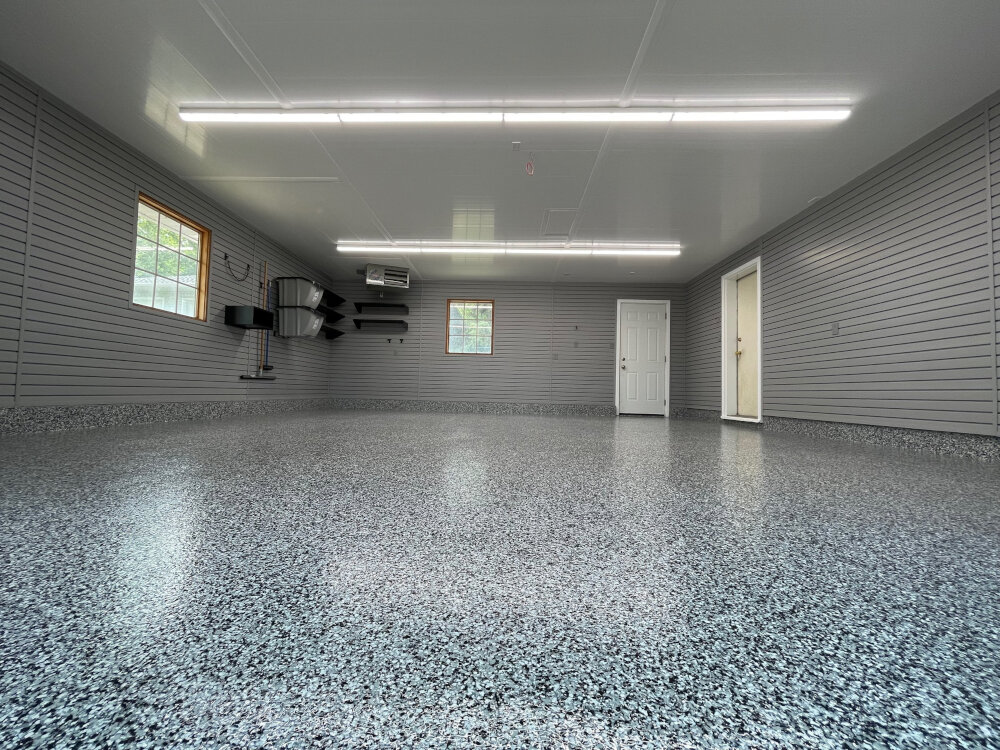
In conclusion, understanding the electrical efficiency of LED lighting is crucial for anyone looking to make informed decisions about their lighting needs. LED lights use significantly fewer amps than traditional incandescent bulbs, making them a more energy-efficient and cost-effective option. Additionally, LED lights have a longer lifespan and emit less heat, making them a safer and more sustainable lighting solution. By choosing LED lights, individuals can reduce their energy consumption, save money on their electricity bills, and contribute to a more sustainable future. It is clear that the future of lighting lies in the efficiency and sustainability of LED technology, and we should all strive to make the switch to this innovative lighting solution.

